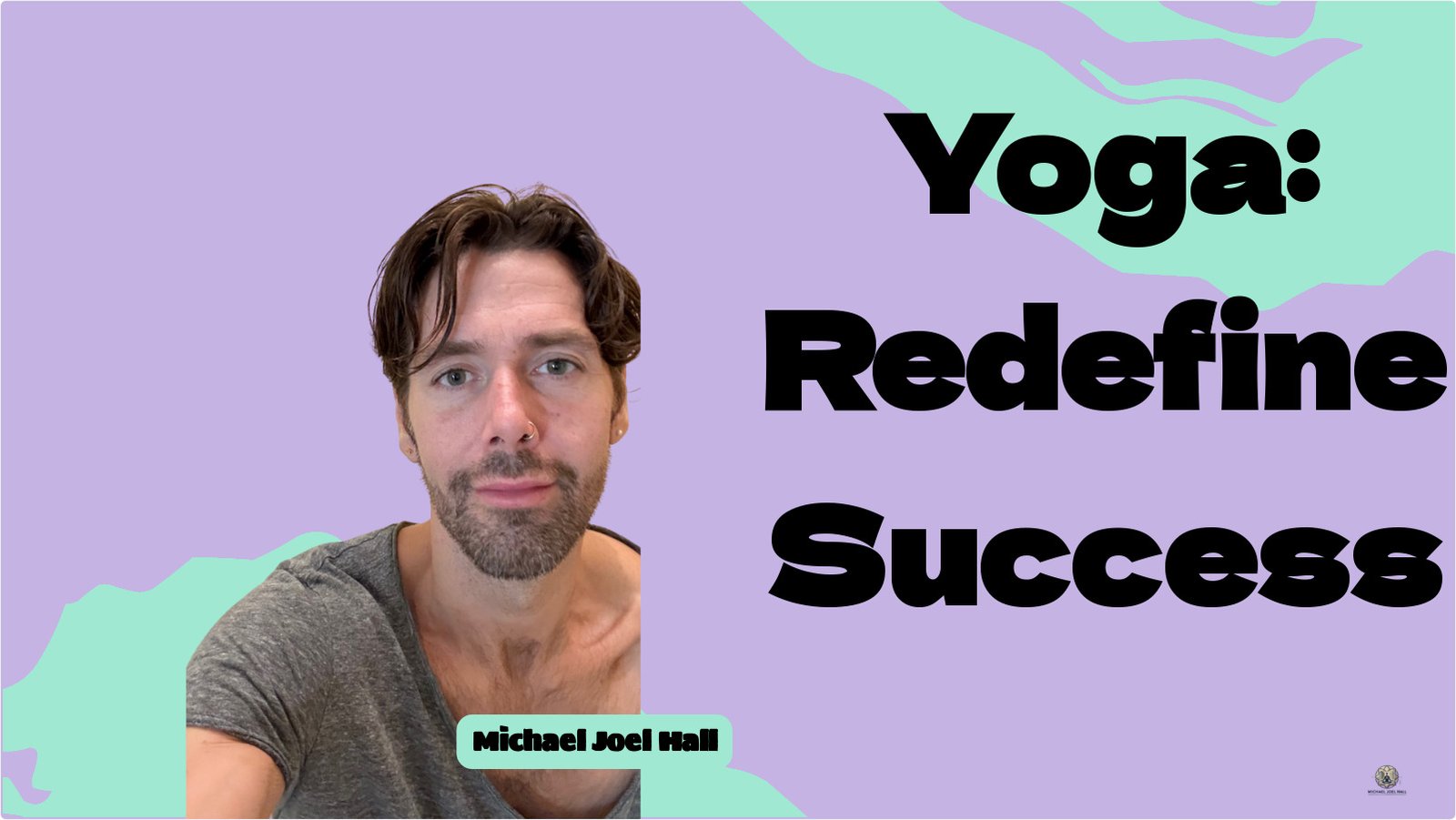Spiritual Rot Caused By Gated Communities and Wealth (and how to avoid it)
In his compelling article, “Plutocrat Archipelagos” in MacGuffin Magazine, Jack Self offers an unflinching look into the secluded, fortified worlds of the ultra-wealthy. Through vivid descriptions of razor-wire fences, bodyguards, and gated communities, Self explores how these enclaves of extreme wealth serve as both physical and psychological fortresses, isolating their residents from the societal and environmental impacts of their wealth. The article dives into the unique, often paradoxical psychological profiles of those born into vast fortunes—highlighting how isolation, privilege, and a lack of consequence lead to existential crises and detachment from reality. Self’s reflections reveal not only the insular lives of the ultra-rich but also prompt questions about the cultural values that drive such isolation, inviting readers to consider how this separation impacts society at large.
In many ways, the ultra-wealthy—those hidden behind razor-wire fences and walled compounds—are the epitome of isolation. Their barriers shield them from the chaos outside, separating them from the social and environmental turmoil that their own wealth may even fuel. But this drive to isolate oneself from discomfort, from responsibility, and from the world’s messiness isn’t limited to billionaires. It’s a pervasive dream shared by many Americans striving for a six-figure salary, the trophy house, the sense of “having made it.”
Many who chase this dream of affluence aren’t necessarily running toward something but rather away from the discomfort of everyday vulnerability, of being seen, of recognizing their interdependence with others. America makes it tough– where can you be alone, but also in community that is not purely transactional? Like the ultra-rich, they’re working to create a bubble where life is manageable and contained, free from inconveniences and unchosen obligations. But this dream, built on walls and social distance, ultimately leads to a cycle of disconnection and, paradoxically, loneliness.
The ultra-wealthy often live in a world where cause and effect are hidden; they never really experience the repercussions of their actions, buffered by layers of privilege. Those who live in gated mansions or isolated compounds are not unlike many in America’s aspirational class, who view success as the chance to control their environment completely. Striving for wealth, however, has a hidden cost: it encourages a focus on self over others, comfort over compassion, and the belief that success is defined by how well one can insulate oneself from life’s challenges.
But here’s where real yoga emerges as a radical force—a countercultural answer to the isolation, the fear, and the violent urge to wall ourselves off from our shared humanity. Authentic yoga doesn’t offer another ladder to climb or another bubble to hide in. It asks us to break down our walls, to see our interconnectedness, to feel the world rather than flee from it. True yoga challenges the values that drive people to seek self-protection through status or wealth and instead teaches us to soften, to engage with what’s difficult, and to recognize our role in the world around us.
Yoga’s Eight Limbs offer a path that’s radically different from the culture of accumulation and isolation. The Yamas and Niyamas, for example, emphasize non-harming, truthfulness, and contentment—values that run counter to our society’s glorification of hyper-individualism and wealth. Rather than seeking dominance over one’s environment, yoga teaches a profound surrender to life’s natural rhythms, fostering an attitude of non-attachment that helps break the cycle of endless desire and consumption.
When we practice real yoga, we’re engaging in a practice of self-inquiry, of radical vulnerability. Rather than striving for external success, we are encouraged to face our own internal biases, attachments, and fears. Yoga demands that we confront the ways we try to protect ourselves from discomfort, and it offers tools to dismantle those defenses. Pratyahara, or sense withdrawal, teaches us to turn inward, quieting the distractions that drive our need to consume or isolate. Dharana and Dhyana, or concentration and meditation, lead us toward a more expansive awareness, allowing us to see beyond our ego and into the shared nature of all beings.
In a world where wealth and success are often defined by how effectively one can isolate from others, real yoga is transformative. It is not merely a set of exercises or self-improvement tactics but a revolutionary act of coming together, of realizing our place within a larger whole. For those pursuing a six-figure dream as a way to escape the challenges of life, yoga offers a different path: not away from the world but into it, with open eyes and an open heart.
Authentic yoga challenges us to release the dream of a life contained within walls—literal or metaphorical—and instead embrace the vulnerability, discomfort, and profound beauty of being deeply connected to others. It is, in its purest form, a radical force that dissolves barriers, heals disconnection, and redefines success not by what we have but by our capacity to be fully present, fully human, and fully connected. In a culture obsessed with separation and security, yoga’s true purpose is nothing short of revolutionary.


